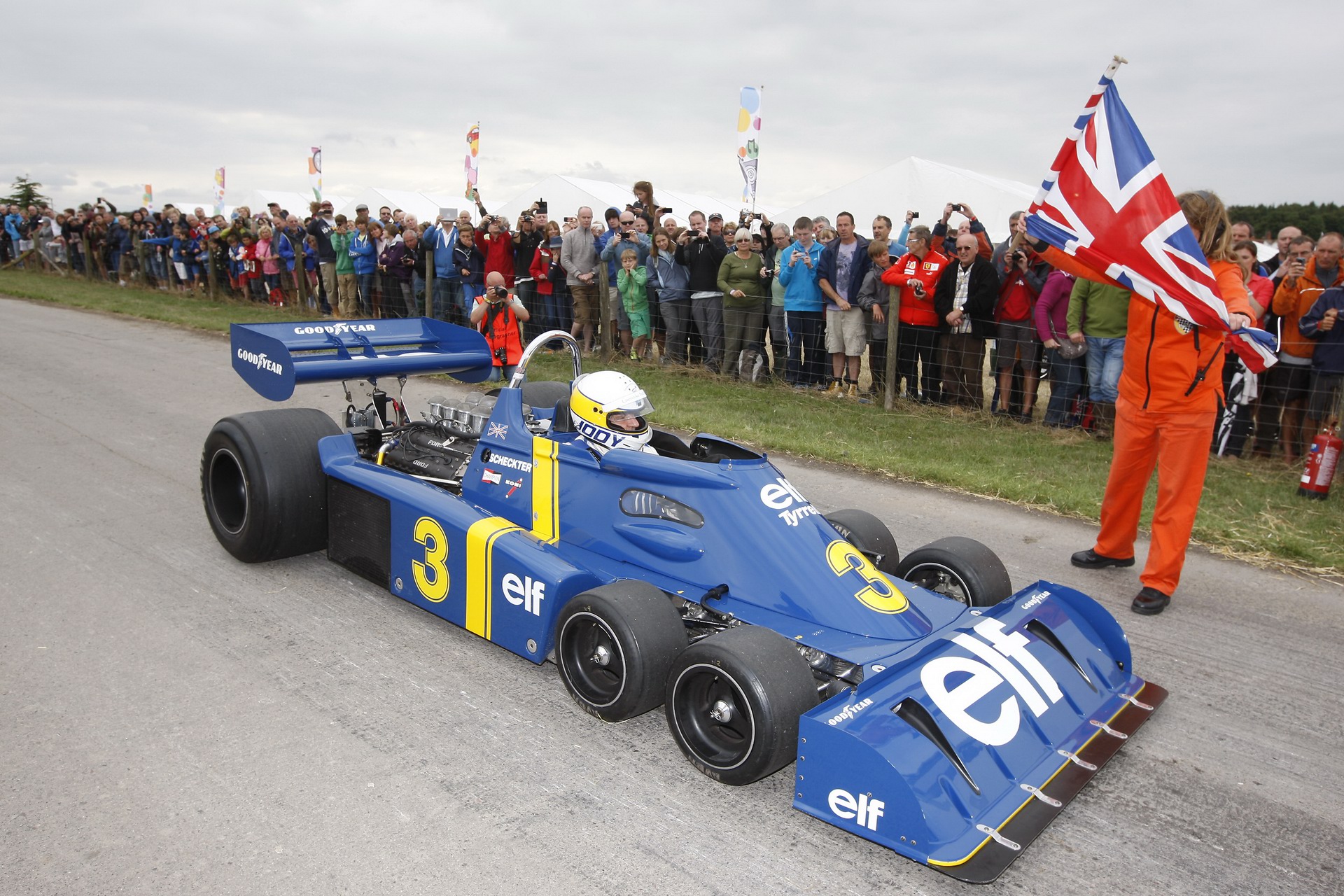The idea of simply adding more wheels to a vehicle to make go faster is one that’s so simple, it seems stupid. But very serious engineers, like those at the Tyrrell F1 team in the ’70s, have put serious thought into making it work.
The team at the Driven Media YouTube channel has published the latest in its series of over-the-top tire tests to determine if simply adding four wheels to a Caterham Seven will make it faster. Dubbed the Eighterham, it features duallies at all four corners.
To make it, the team simply bought some steelies, welded them together, and installed them to increase the amount of rubber on the road. They claim they are 350 section width tires thanks to this modification, which compares favorably to a set of appropriately-sized Michelin Pilot Sport tires, which would have a 250 section width.
Read More: Fitting A Road Car With F1 Tires Isn’t As Good Of An Idea As You Might Think
Although the wheels are undeniably wider, they’re also quite a bit heavier. Despite the fact that they don’t actually weigh the wheels, the group indicates that the added mass is substantial.
So can a significant increase of rubber on the road counteract a significant increase in unsprung weight? Well, on track, the answer is yes. With a set of normal Avon tires on the car, it completes a lap of their test track in 31.6 seconds. With the new double-width wheels, though, they manage to set a lap time of 31.1 seconds, cutting half a second off their time, which is a pretty impressive feat on a track that short.
Off the track, though, the car is a bit of a nightmare. Although a Caterham is by no means a large car, the Eighterham struggles to turn as sharply as it once did. It even has a hard time fitting into parking spots because of its prodigious width.
Unlike the F1 tires that this crew previously tested, though, the duallies actually can be used on the road and don’t require tire blankets to be useful on the track. They also cost significantly less, so which would you take?





